ON THE ROAD IN VAISON VENTOUX PROVENCE
Picturesque villages and majestic mountains, a diverse cultural landscape and unspoiled nature: The area in the département of Vaucluse – also called “Pays du Mont Ventoux” – is a unique holiday destination in Provence. Spend unforgettable holiday days at Domaine La Tulisse and explore the South of France on your own. In the surrounding area, you can discover lively towns and authentic villages. At every turn, you will encounter the rich historical heritage of the region. Whether you stroll next to vineyards and lavender fields or through the oak and pine forests in the Luberon and Baronnies Provençales nature parks: Here you will experience tranquillity and the charm of country life, far from the crowds of tourists. Welcome to Provence.
Mountain villages of Provence
Between mountains and gentle hills lie Provençal mountain villages worth seeing. Several villages in the region bear the label “France’s most beautiful villages” (“Plus Beaux Villages des France”) – rightly so, we think. Enjoy your holidays at the Romantikhotel Domaine La Tulisse and don’t miss out on a visit to these mountain villages.

Faucon
On the northern border of the Vaucluse département lies the picturesque mountain village of Faucon. Thanks to its privileged hilltop location, you have an unobstructed view of Mont Ventoux and the Alps. Most of the houses are built of local stone, which gives Faucon a uniform appearance. In the summer months, local producers sell their wares once a week in the village centre: cheese and sausages, jam and honey, vegetables and fruit – pure Provence.

Villedieu
In the immediate vicinity of Domaine La Tulisse lies Villedieu. The small medieval village was once a commandery of the Knights Templar. The village architecture is characterised by the town wall and picturesque alleys, the surroundings by vines and olive trees. On the Place de la Libération in the village centre, you can have a coffee or enjoy dinner. Make yourself comfortable in the shade of the old plane trees and listen to the splashing of the fountain.
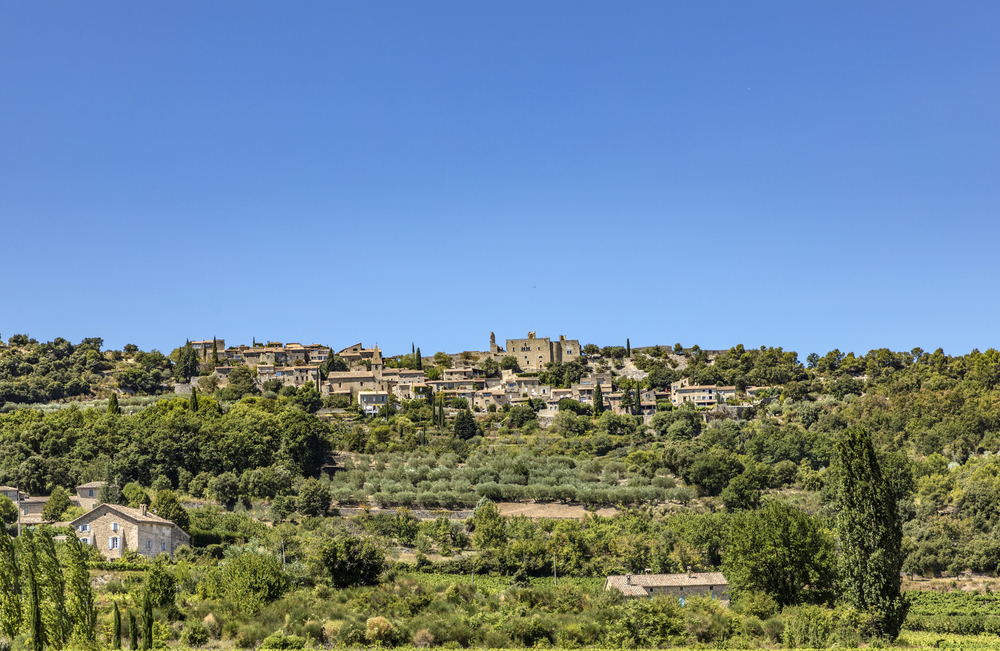
Crestet
Anyone driving to Crestet will see the mountain village from afar. The village is located on a ridge of the Dentelles de Montmirail, which are mainly visited by hikers and climbers. The 9th-century castle once served as a refuge for the bishops of Vaison-la-Romaine; today it towers protectively over the charming houses in the village centre. From the highest point of the village, there is a wonderful view of the surrounding mountains and valleys.
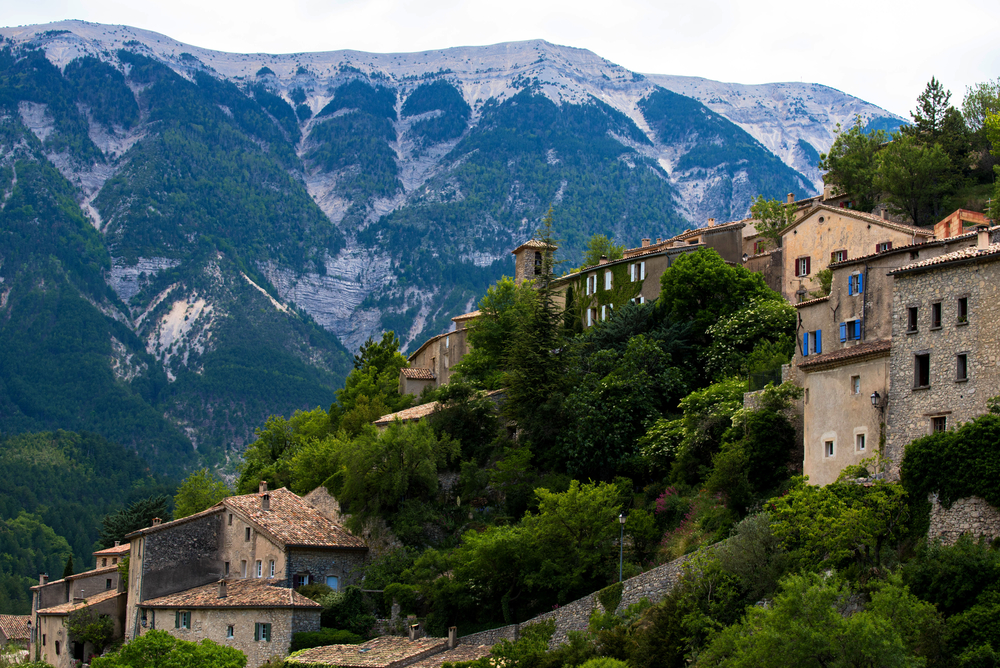
Brantes
Mont Ventoux to the south, the Drôme river to the north and the Toulourenc valley below: the mountain village of Brantes, built into a steep rocky slope, delights with its panorama. On your tour of the village, you will walk through a labyrinth of alleys, past archways and old stone houses. If you are looking for a special Provence souvenir, you will certainly find it here. Many artists offer their handicrafts, such as traditional nativity figures (santons) or pottery.

Gigondas
A small Provence village with a big name: Gigondas – and the wine-growing region of the same name – is known for its full-bodied red wines and its light rosés. Nestled between vineyards and the flanks of the Dentelles de Montmirail, the mountain village not only attracts connoisseurs. The village is also an ideal starting point for hiking tours and climbing excursions. Surrounded by medieval fortress walls, the village centre presents itself in a relaxed and authentic way.
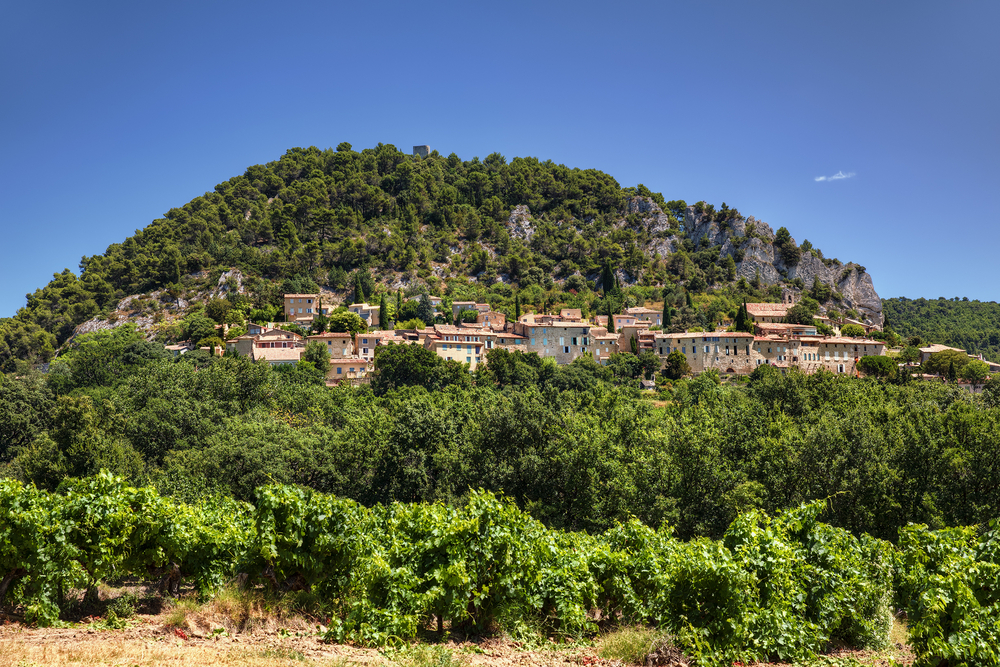
Séguret
Séguret is located at the foot of the Dentelles de Montmirail mountain range. The cultural landscape around the mountain village is characterised by vineyards and olive groves. Cobbled streets, castle ruins and houses in typical Provence style give the medieval village centre its shape. The ambience attracts history buffs and gourmets. Séguret is also known for its Provençal Christmas. During Advent, various traditional customs are celebrated.
CITIES OF PROVENCE
The Domaine La Tulisse country hotel is ideally located for exploring the towns of the region. Whether you visit nearby Vaison-la-Romaine, Orange or Avignon on your holidays: These cities of Provence are full of history – and full of life. With Roman archaeological sites, medieval buildings and Renaissance houses, with attractive shopping opportunities and museums, a variety of restaurants and cafés, the south of France at the foot of Mont Ventoux presents itself from its best side.
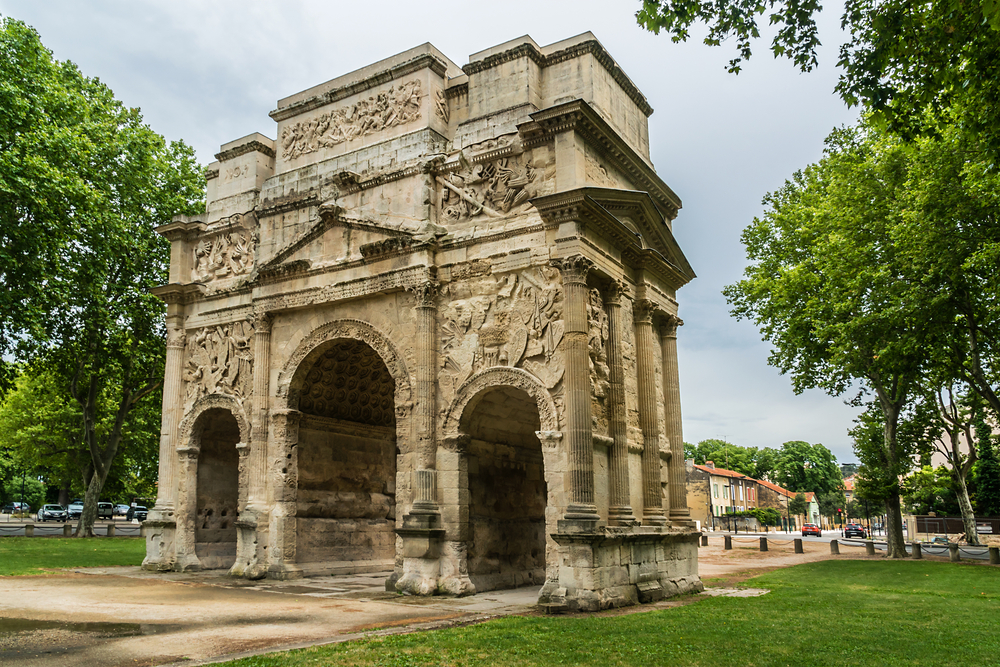
Orange
The city of Orange at the gates of Provence invites you on a journey through time. The buildings and monuments – from Celtic fortresses to Roman monuments – are remarkable. The amphitheatre and the triumphal arch are UNESCO World Heritage Sites. In addition to architectural sights, Orange delights with culinary finesse, regional wines and cultural events. The city is internationally known for the annual summer festival Chorégies d’Orange.
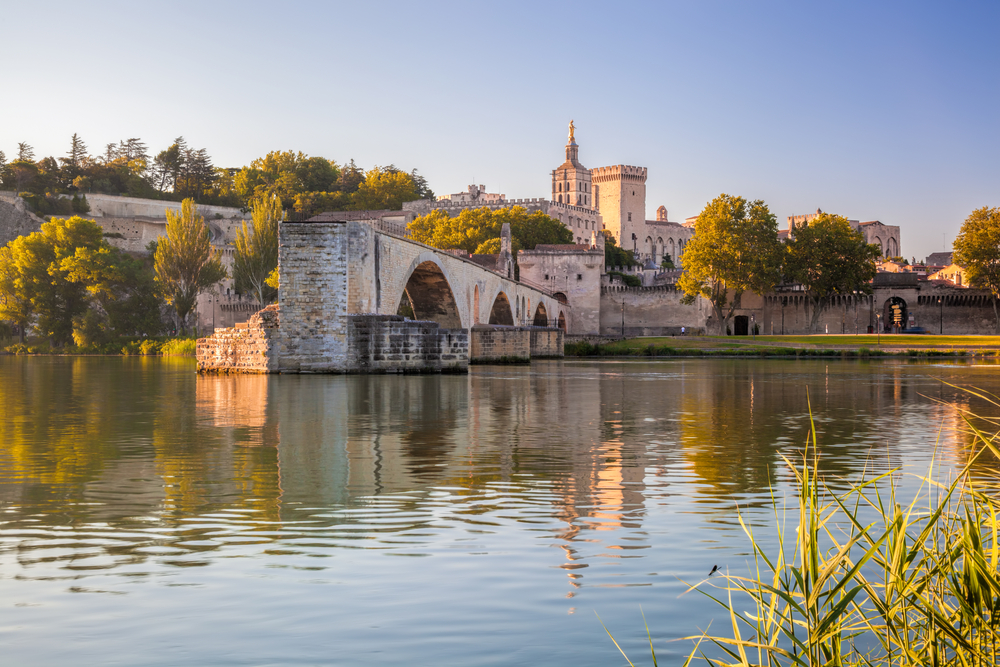
Avignon
If you are spending your holiday in Provence, a visit to the southern French city of Avignon is highly recommended. The capital of the Vaucluse and the Côtes du Rhône offers something for every taste and registers more than half a million visitors every year. The main reason: the historic centre of Avignon, the Papal Palace, the Bishop’s Complex and the Saint Bénézet Bridge are UNESCO World Heritage Sites. If you want to go shopping after visiting the historical buildings, you will find several department stores and small shops here. In the many cafés and restaurants you can watch the hustle and bustle and enjoy the regional cuisine.
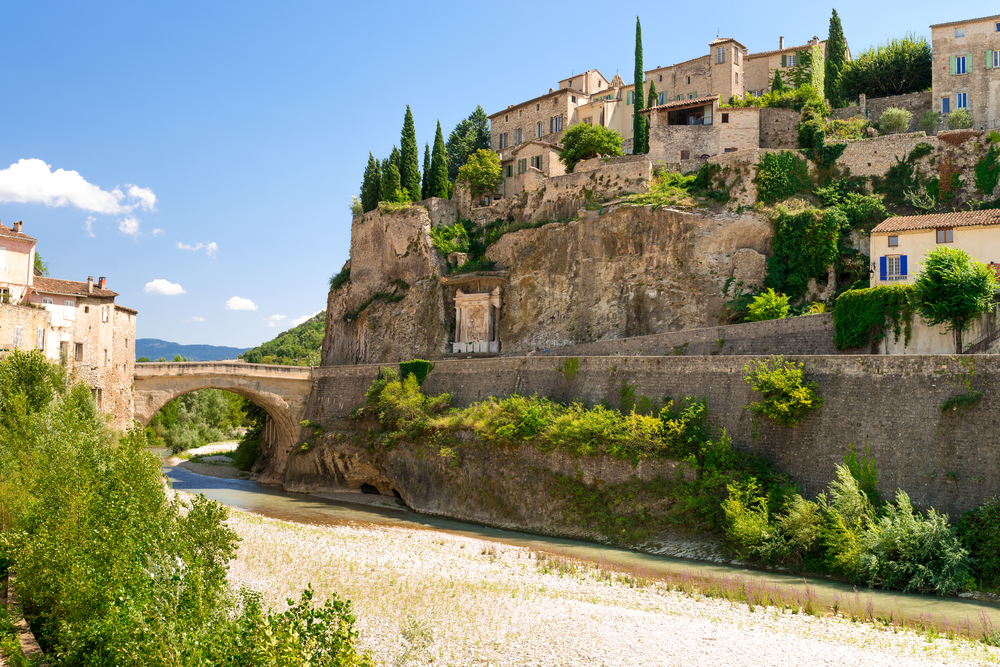
Vaison-la-Romaine
Vaison-la-Romaine is only a few minutes’ drive from Domaine La Tulisse. The southern French town stands for Provençal joie de vivre and a rich history. Its cultural assets from the Middle Ages and ancient Rome are among the most beautiful sights in Provence. Visitors will find the largest Gallo-Roman excavation site in France here. Remains of villas and thermal baths, an ancient theatre, the Roman bridge, but also the medieval town centre bear witness to 2000 years of historical development. As one of the 100 “most beautiful detours of France” (“Les plus beaux detours de France”), the Provence town at the foot of Mont Ventoux has a lot to offer. In the spring and summer months, the alleys and squares are filled with life. In autumn and winter, the town radiates a pleasant tranquillity. A highlight is the weekly market on Tuesday mornings, which takes place all year round. With more than 450 stalls, the market is one of the most extensive in Provence – and one of the oldest. For more than 500 years, farmers and traders have offered their goods here: fresh fruit and regional vegetables, cheeses, meat products and seafood, clothes and jewellery, plants and flowers.
MOUNTAINS AND RIVERS OF PROVENCE

Dentelles de Montmirail
In the Dentelles de Montmirail in Provence, hikers and climbers will find suggested routes and trails of varying degrees of difficulty. The rugged mountains are surrounded by the typical vegetation of southern France. Pines and holm oaks, vines and mountain herbs grow in the terrain. Butterflies and birdsong are constant companions. At the foot of the mountains are picturesque Provence villages such as Gigondas, Séguret or Crestet. What lies beneath the earth is also impressive. The high-energy area is known for its massive energy leaks. It is therefore not surprising that so many churches and monasteries have sprung up in the area. Today, the headquarters of the Old Catholics of Bishop Lefevre is located here.

River Toulourenc
A refreshing swim in nature? Absolutely! On hot summer days, the river Toulourenc at the foot of Mont Ventoux offers welcome cooling. The riverbed is a popular destination for active holidaymakers in Provence. On a stretch of about 20 kilometres, you can walk through the water – sometimes ankle-deep, sometimes knee-high. There are water basins and small resting places everywhere. The surrounding nature is untouched and wild. If you wish, you can combine the hike through the gorge with a subsequent visit to the surrounding villages. Our tip: The water level is relatively low from mid-June to the end of September. These months are particularly suitable for a hike through the riverbed.
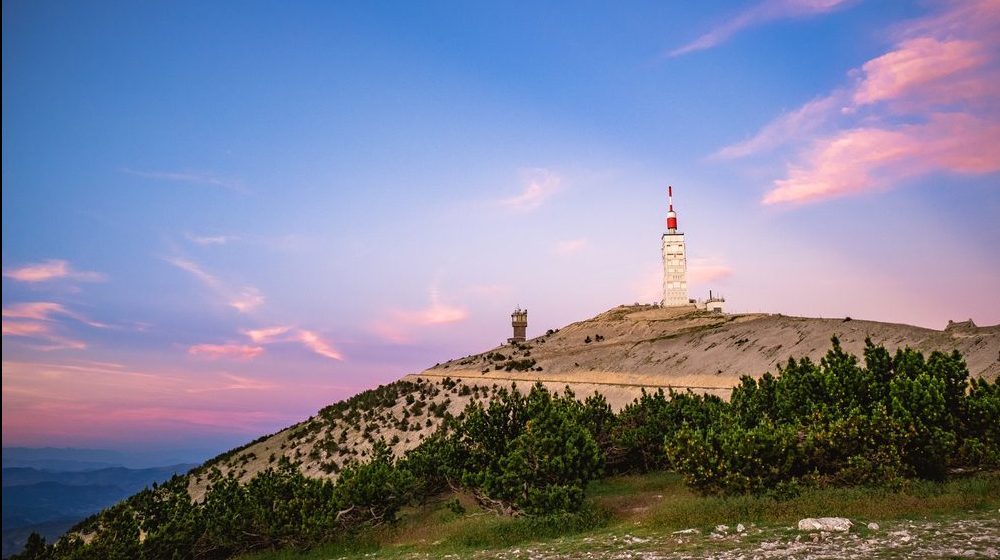
Mont Ventoux
The roof of Provence is located in the department of Vaucluse, is almost 2000 metres high and is called Mont Ventoux. The pyramid-like silhouette and the white peak have always exerted an attraction on visitors of all colours. It is believed that the mountain in southern France was sacred to the Celts. In a letter written in 1336, Francesco Petrarca, poet and founder of alpinism, described the fascinating ascent of the mountain. In 1951, Mont Ventoux became the stage destination of the world-famous Tour de France. Those on active holidays in Provence can also climb the mountain by bike or on a hike. Several vegetation zones extend to the summit. Those who prefer a more leisurely drive up the winding mountain road. However you arrive: You will be amazed by the view.
NATURE PARKS OF PROVENCE
In the nature parks of Provence, the path leads – on foot, on a bike or on horseback – through wild gorges, up imposing mountain peaks, through lush greenery and past picturesque mountain villages. From the romantic hotel Domaine La Tulisse, you can easily reach the Baronnies Provençales Nature Park and the Luberon Nature Park.
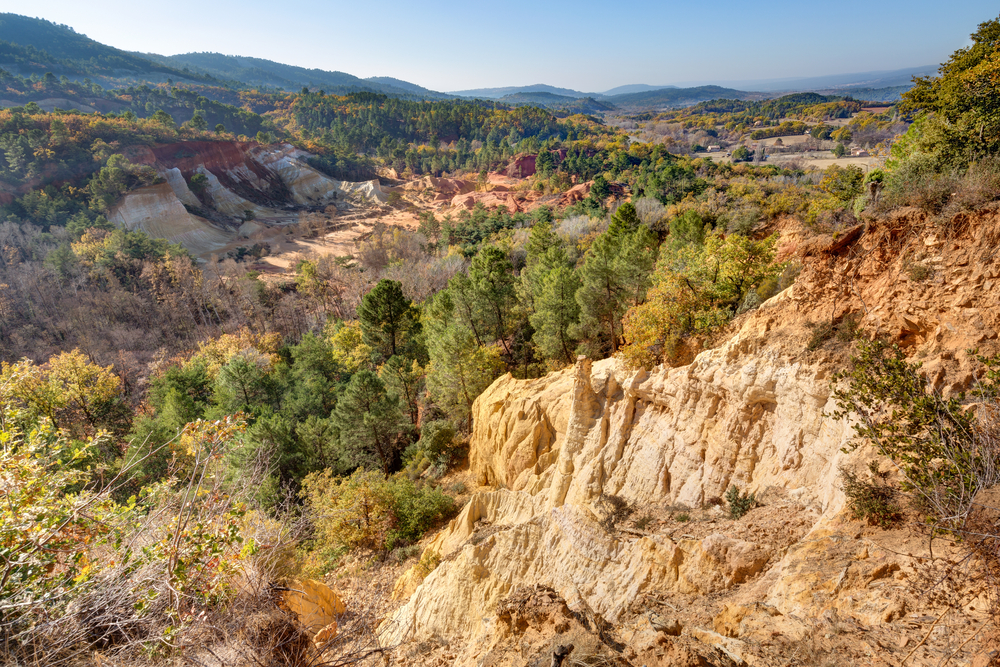
Luberon Nature Park
In the regional nature park Luberon, the Mediterranean climate of southern France meets the fauna and flora of Provence. The scenic diversity offers opportunities for cycling tours, hiking, horseback riding or climbing – and thus endless possibilities for a varied holiday. Unspoilt paths and roads with little traffic lead through gently rolling countryside and past pretty villages. Gordes and Oppède as well as Bonnieux and Lacoste are particularly worth seeing. Also worth a visit is the castle of the Marquis de Sade.
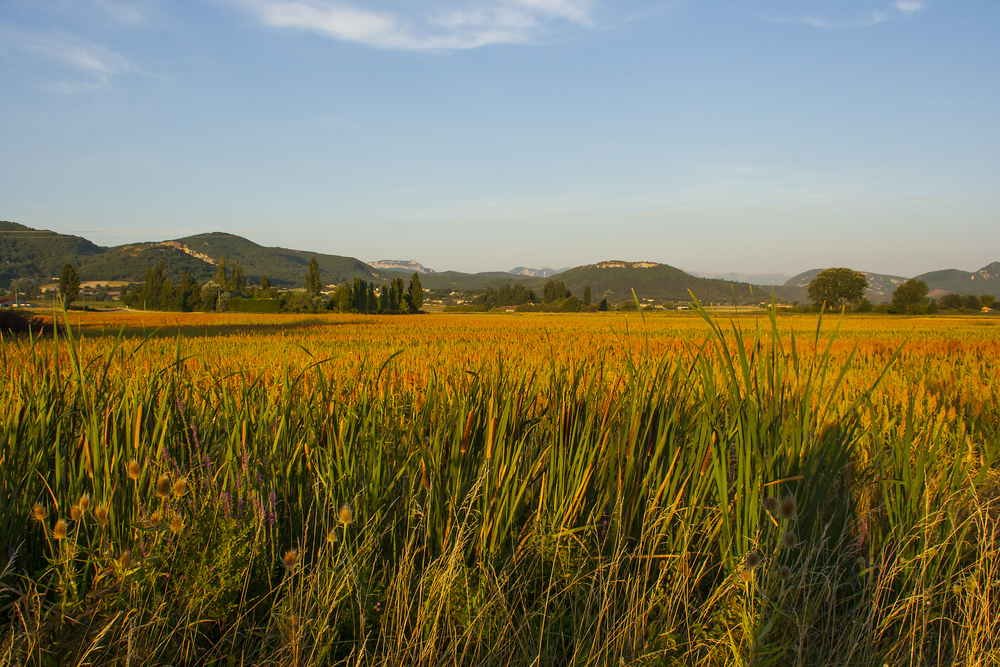
Baronnies Provençales Nature Park
The typical regional agriculture and the biodiversity in untouched nature make the Baronnies Provençales Nature Park a perfect destination for an excursion. Covering an area of 1560 square kilometres, the park in the south of France is home to 200 protected animal species and 2000 plant species. You will gain the most beautiful impressions during walks, a hike, a bicycle tour or on a horseback excursion. Culinary delicacies can be found at the weekly market in Buis-les-Baronnies. A visit to the old oil mill is also recommended. And you will also encounter a piece of history in nature. At the climbing rock at the exit of Buis-les-Baronnies, Hannibal stopped for a few weeks with his elephants before crossing the Alps. To this day, the place bears the name “Source de Hannibal”.